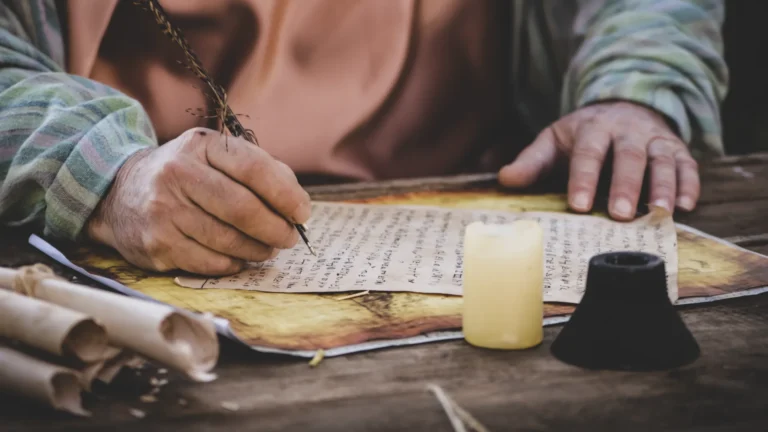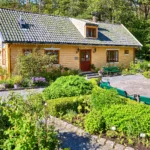Thinking about trading city life for wide-open spaces? Moving to the country can be a rewarding experience, offering peace, space, and a closer connection to nature. But before you pack up and head for the hills, there are many factors to consider, from housing options to municipal regulations and financial planning. Whether you’re looking for a cozy farmhouse or dreaming of an off-grid homestead, this guide will help you navigate the transition smoothly.
Preparing to Move: Research & Planning
Moving to the country requires careful planning. Unlike city living, rural areas come with unique challenges, such as limited access to amenities, fewer job opportunities, and different climate conditions. Here’s how to get started:
Define Your Goals – Are you looking for a quiet retreat, a working farm, or a self-sustaining lifestyle?
Choose a Location – Consider factors like proximity to towns, medical services, schools, soil conditions and weather conditions.
Understand the Lifestyle – Rural living often requires more self-sufficiency, from managing septic systems to dealing with wildlife.
Check Internet & Utilities – High-speed internet may not be readily available, and some areas may lack basic services like municipal water or natural gas.
Build or Buy: Which is Right for You?
One of the biggest decisions is whether to build your dream home or buy an existing property. Both options have pros and cons:
Buying a Home in the Country
✅ Faster Move-in – No waiting for construction.
✅ Established Infrastructure – Roads, driveways, and utilities are already in place.
✅ Less Hassle – No dealing with contractors or zoning permits.
🚫 May Need Renovations – Older country homes might need major updates.
🚫 Limited Availability – Rural properties may not always match your vision.
Building a Home in the Country
✅ Customize to Your Needs – Design your home to suit your lifestyle.
✅ Energy Efficiency – Modern homes can be built with solar, wind, or high-efficiency insulation.
✅ Location Control – Choose the best spot on your land for views, sun exposure, or farming.
🚫 Expensive & Time-Consuming – Costs for materials, permits, and labor can add up.
🚫 Access to Contractors – Finding skilled builders in remote areas can be difficult.
🚫 Weather Delays – Construction can be affected by seasonal changes.
Conditions to Build: Municipal Regulations & Zoning
If you’re planning to build, it’s crucial to understand the regulations that apply in rural municipalities.
Zoning Laws – Ensure the land is zoned for residential, agricultural, or mixed-use purposes.
Building Permits – You’ll need permits for construction, electrical, plumbing, and septic systems.
Minimum Lot Sizes – Some areas have restrictions on lot size for building a home.
Environmental Restrictions – Protected lands, wetlands, or flood zones may limit your building options.
Road Access & Emergency Services – Some remote areas require a road upgrade before approving a building permit.
Always check with the local municipal office before purchasing land to avoid costly surprises.
Financing Your Country Build
Out of Pocket vs. Private Lending vs. Bank Financing
Building a home in the country comes with unique financial considerations. Unlike a city home, securing financing for a rural property can be more complex due to the undeveloped nature of the land. Here are your main options:
Out of Pocket (Cash Payment)
✅ No Interest or Debt – No need to worry about mortgage payments.
✅ More Flexibility – Avoid lender restrictions and build at your own pace.
🚫 Large Upfront Cost – Requires significant savings.
🚫 Limits Cash Flow – Might reduce funds available for other expenses like land development or emergency costs.
Bank Financing
Traditional Mortgage or Construction Loan from Banks and credit unions offer land loans, construction loans, and mortgages for rural properties, but the approval process is stricter than for city homes.
✅ Lower Interest Rates – Compared to private lending.
✅ Reliable Lenders – Established banks provide legal protection and structured payment plans.
🚫 Higher Down Payment – Most rural properties require 20-30% down due to higher risk.
🚫 Stricter Approval Process – Lenders may require detailed construction plans, contractor agreements, and proof of future home value.
Types of Bank Loans for Rural Builds
Land Loans – If you’re buying vacant land, banks may finance a portion of the purchase.
Construction Loans – Short-term financing to cover building costs, converting into a mortgage once the home is completed.
Traditional Mortgages – Only applicable if buying an existing home or a finished new build.
Private Lending (Alternative Financing)
Private lenders or farm credit institutions offer loans specifically for rural and agricultural properties.
✅ Easier Approval – More flexible than traditional banks.
✅ More Financing Options – Some lenders finance land-only purchases.
🚫 Higher Interest Rates – Expect rates to be higher than a bank mortgage.
🚫 Shorter Loan Terms – May require quicker repayment schedules.
Tip: Check if government programs, like Canada’s CMHC rural housing loans apply to your situation. These can offer lower interest rates and lower down payment requirements. Check around for private lenders who ae open to finance your project and will tailor financing to suit your needs.
Off-Grid vs. On-Grid: Choosing Your Power Source
One of the biggest decisions in rural living is whether to connect to municipal utilities or go off-grid.
On-Grid Living
✅ Reliable Power & Water – Less maintenance, fewer disruptions.
✅ Easier Financing – Banks may prefer homes with standard utilities.
🚫 Monthly Bills – Utility costs can be high in rural areas.
🚫 Limited Control – You depend on the utility provider for service.
Off-Grid Living
✅ Lower Long-Term Costs – No monthly power or water bills.
✅ Sustainable & Eco-Friendly – Renewable energy sources reduce environmental impact.
🚫 High Upfront Investment – Solar, wind, and battery systems require a significant initial cost.
🚫 More Maintenance – You’ll need to manage your power, water, and waste systems.
Is Country Living Right for You?
Moving to the country can be a dream come true, but it requires careful planning and realistic expectations. By researching your options, budgeting wisely, and understanding local regulations, you can make the transition smoothly and enjoy the benefits of rural living for years to come.
I will share my experience of my move to the country in an upcoming blog post.
Are you thinking about moving to the country? What’s your biggest concern? Let me know in the comments!









